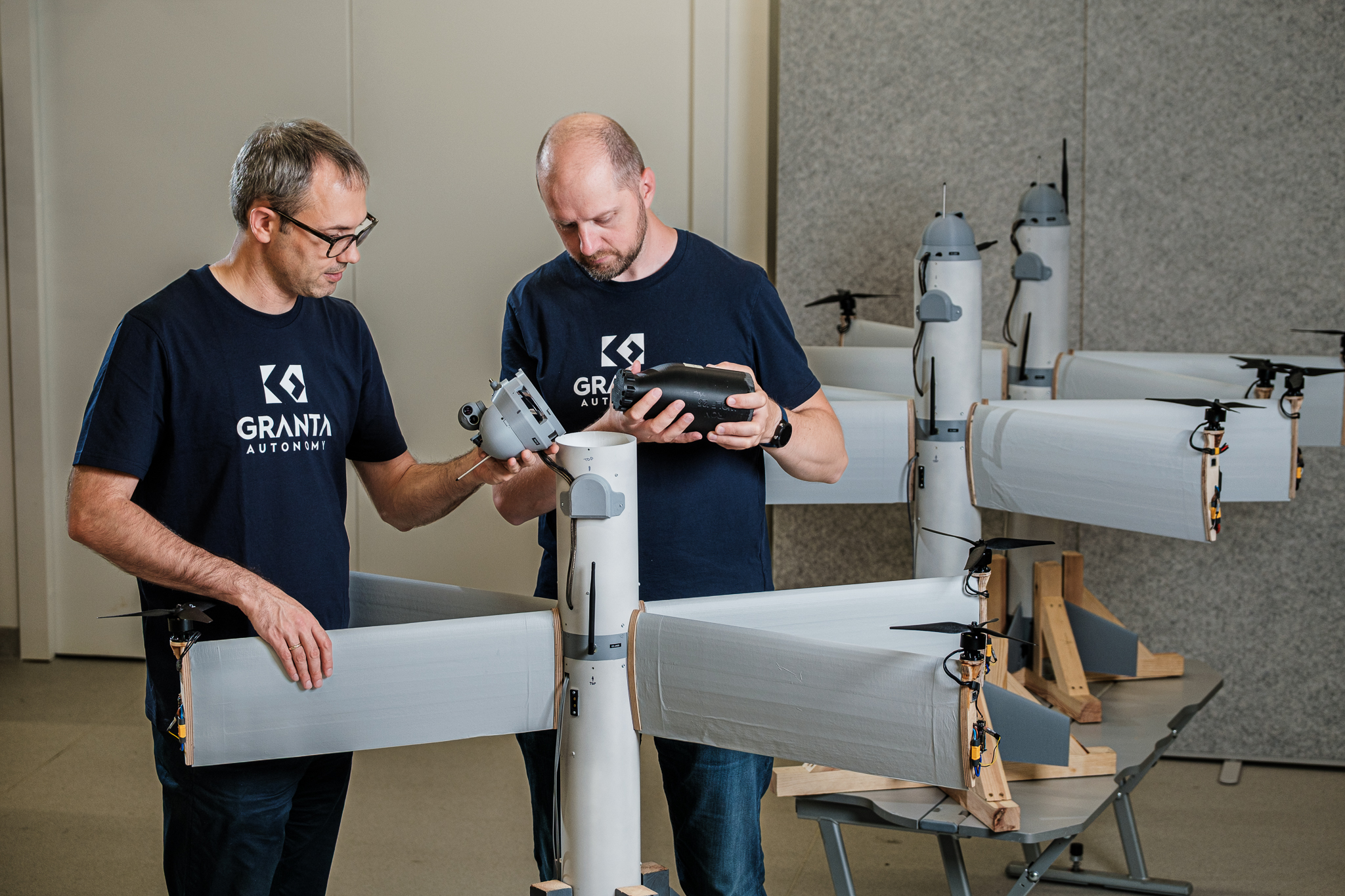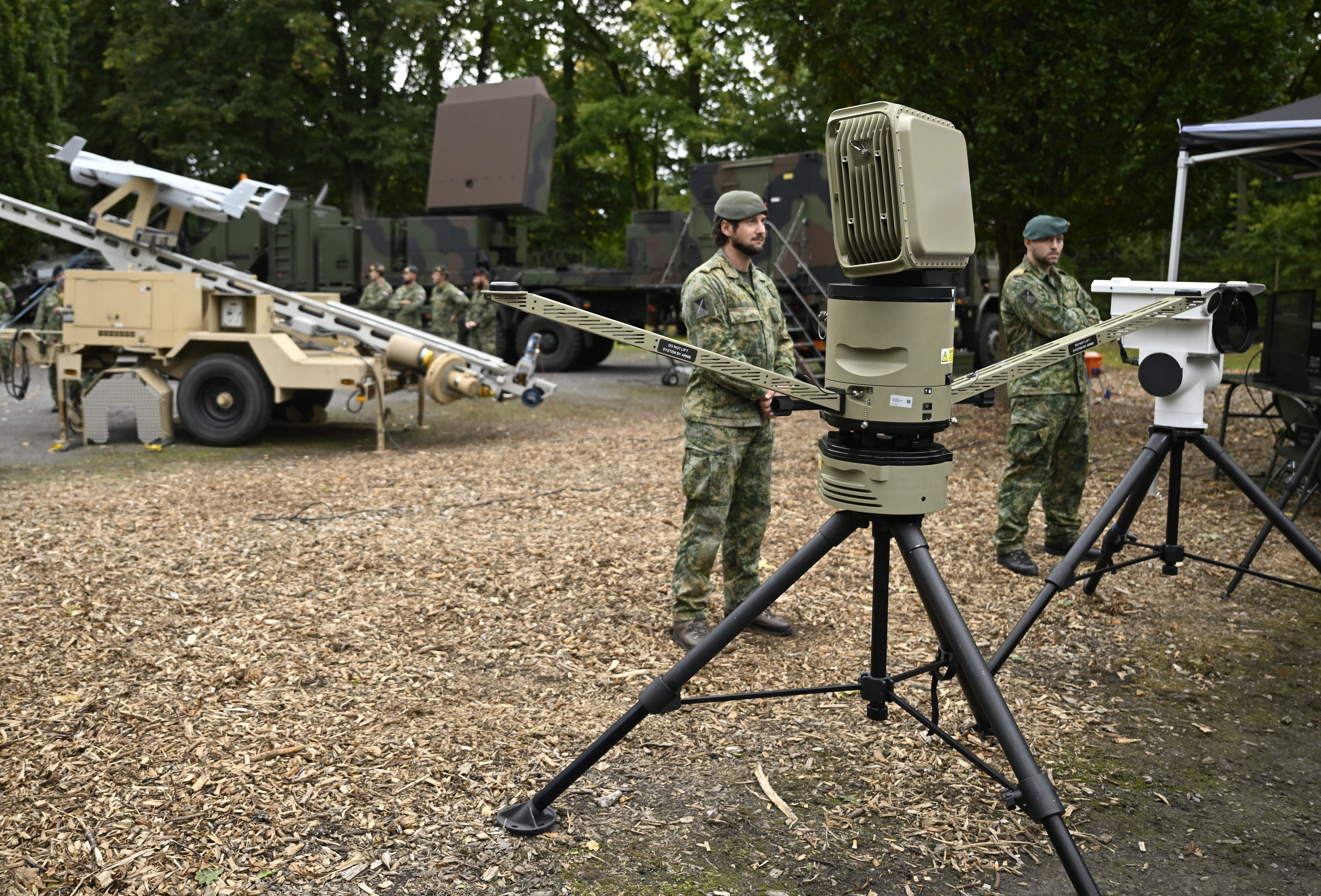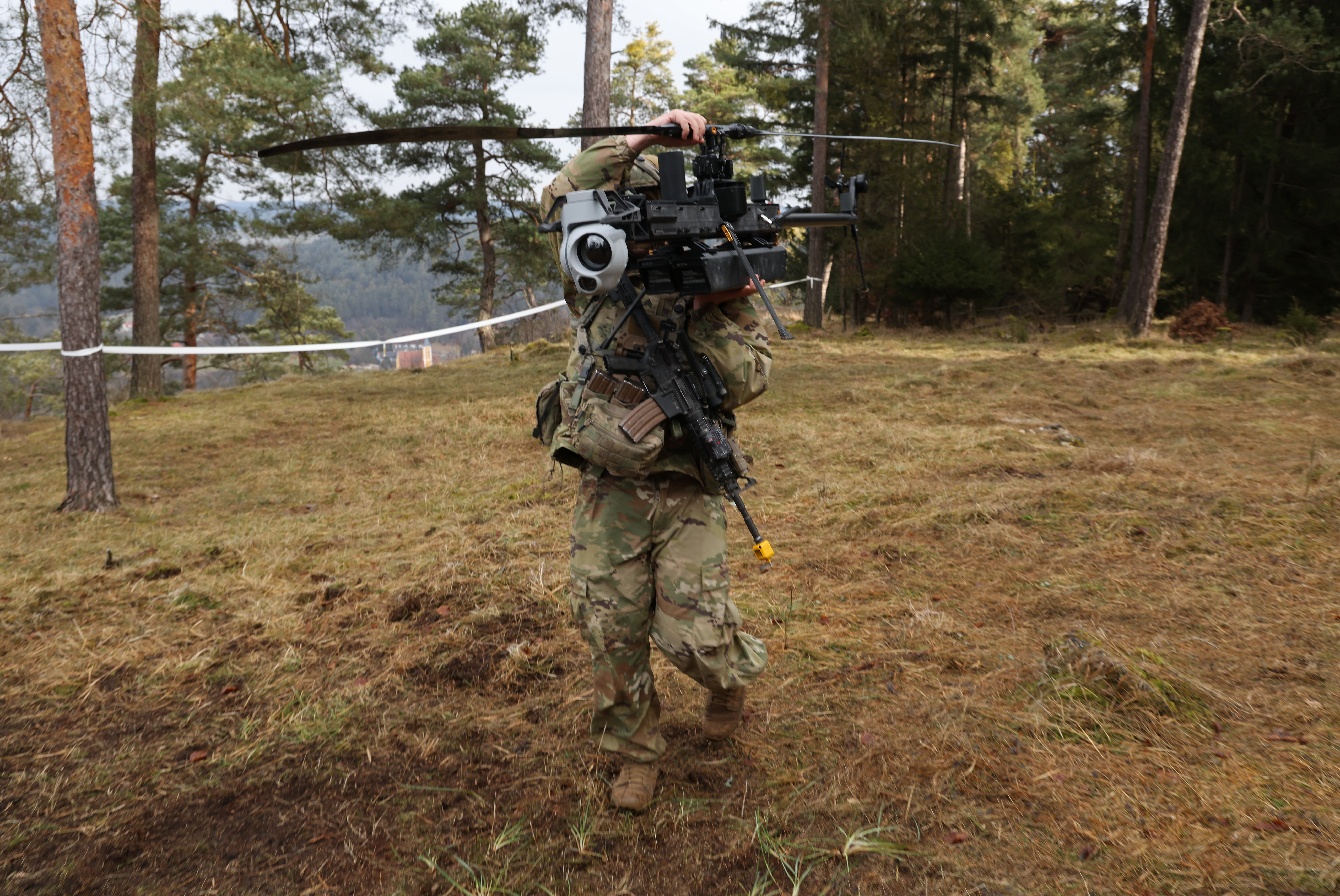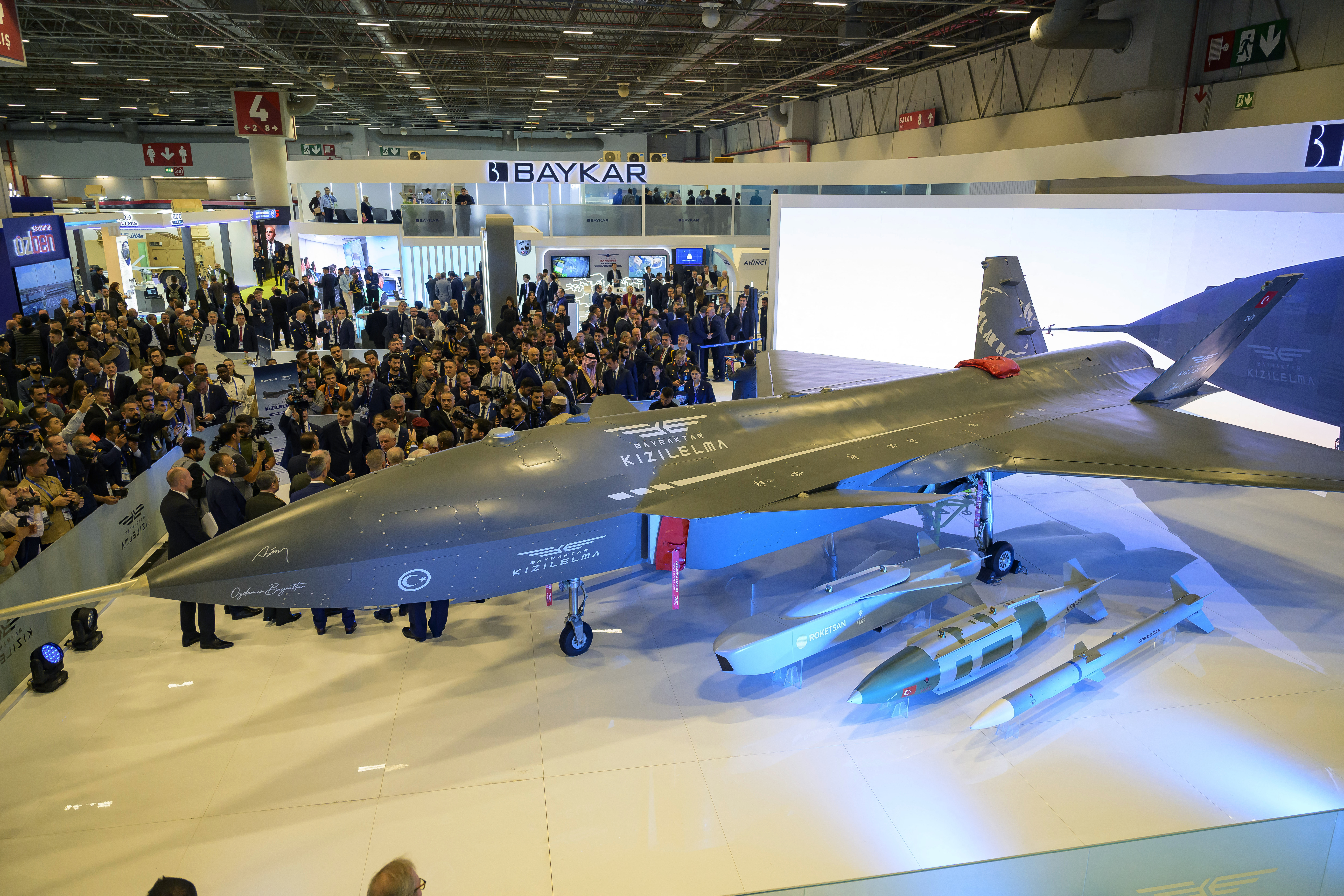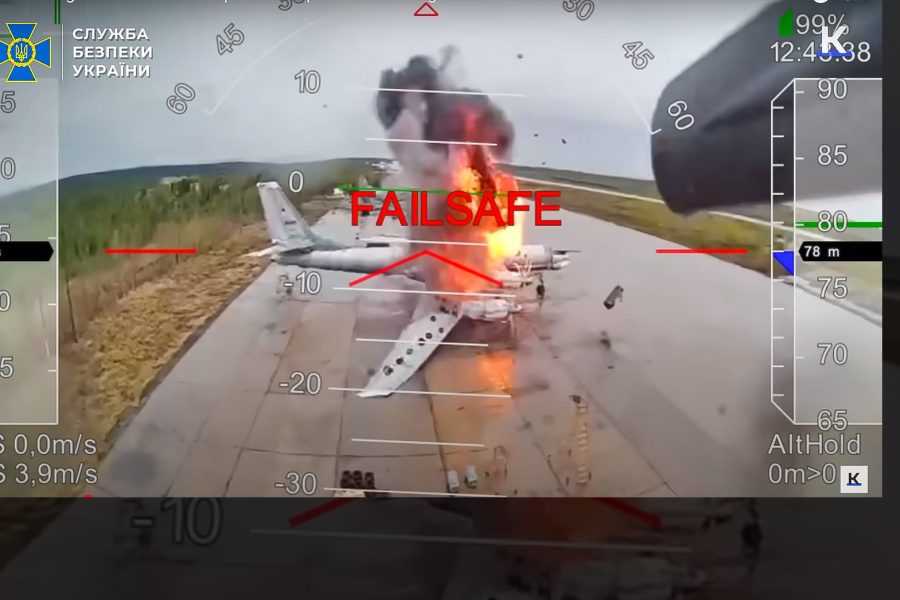
Here is an axiom that may be regarded as Rule 1 for the military way of life: All officers must defend the lives and resources entrusted to them against hostile attack. For civilians, Rule 1 equates to “the right to self-defense.” For us, this “right” is an obligation, a responsibility we must not ignore.
I reckon Rule 1 applies to all uniformed branches and to the organized military of any country. So, I wonder whether the commanders at Belaya, Olenya, Dyagilevo and Ivanovo Severny were called to Moscow to explain the failure to protect their air bases on the first of June, this year. On that day, Ukraine’s Security Service launched Operation Spider’s Web, using flatbed trucks to transport and launch drones that attacked long-range aviation assets located all over Russia’s vast territory. One base, Belaya, is nearly 3,000 miles from Ukraine. A fifth attack, targeting Ukrainka in Russia’s Far East, failed when the truck blew up. Ukrainka is six time zones from Kyiv.
We can be sure that these attacks caught Mr. Putin’s attention, even if he doesn’t have a YouTube subscription. Ukrainians say a third of Russia’s cruise missile carriers were destroyed or put out of action for a long time, claiming an estimated $7 billion worth of damage. They did this with just 117 small drones, each having only a 7-pound explosive payload and costing something like $2,000. Do the arithmetic.
It may be these Ukrainian claims are a bit exaggerated. In any case, the military outcome was eye-catchingly disproportionate. But this should not come as a surprise. The need to defend air bases was made painfully clear at Hickam Field in December 1941. Yet even now we continue to park aircraft in the open, often wingtip-to-wingtip, all over the country and have essentially no way of providing terminal defense against air attack.
It’s not easy to defend air bases. With the notable exception of aircraft carriers, air bases are fixed targets, their coordinates well known. Even the maneuverability enjoyed by aircraft carriers provides only a fig leaf of protection. Navies no longer “hide” over the horizon; modern reconnaissance methods report ship location in real time. And though movement while underway complicates precision munitions tracking, the relevant question is whether 30 knots is operationally significant speed. Of course, the Navy knows this, which is why so much of a carrier battle group’s combat potential is (rightly) given over to defending the carrier.
So, to foot stomp the obvious, the Navy has its own really good air force and is signed up to defend the “bases” it operates from. Why doesn’t the Air Force do the same thing?
Maybe it’s because our bases are unsinkable, in sharp contrast with the sea-going version. Or maybe we count on properly trained and equipped civil engineer squadrons to restore airfield pavements to operational use in hours—versus months or even years needed to repair capital ships. These views are OK as far as they go but miss the point. Today’s target is the airplane, not the base.
Then, too, we are an offense-minded outfit. Our way of making enemy attacks on our bases a manageable proposition is to attrit his capacity to do it. Take out his production and storage facilities. Attack his airfields. Intercept his aircraft and knock them down as they’re coming at us. In a way, air base terminal defense is a last-ditch maneuver, a desperation move, playing “goalie” against “leakers” that we hope will constitute only a tiny residual threat. This, too, is mostly right, yet also misses the point: The advent of small, cheap drones is a total game-changer.
Every study ever done (that I know of) has shown the outsized value of air base terminal defense. Accordingly, when I served as chief, I tried twice to fund a small program that would begin equipping elements of our Air Police with Stinger missiles and other off-the-shelf equipment for close-in air defense. Both times, the green eyeshade budgeteers in OSD simply took away the money. I got the message and gave up.
Many officers of my generation spent time in European assignments where one of our jobs was trying to get so-called Collocated Operating Bases (COBs) up and running. The idea was to preposition equipment and support at many locations and, on call, to disperse aircraft, crews and first line maintenance, reducing the concentration of combat assets on large, traditional bases—a concept not unlike what is now called Agile Combat Employment. Had this worked, it would certainly have complicated Soviet targeting.
In practice, however, we found that this good idea had rather severe limitations. First, it was not free. Doing it right called for a lot more money than we had. Wheel chocks, tow bars and aircraft ladders are not even a one-club bid. It’s a very heavy lift to preposition fuel, munitions, spare parts—the whole panoply of a ponderous support apparatus—then to move combat aircraft to remote locations (even briefly), and then set up security and communicate intelligence and mission tasking in the middle of what is likely to be a chaotic battle situation. And you will likely still end up parking aircraft out in the open.
I hope we have discovered workarounds for some of these problems in the intervening years. But during my time the COBs program showed we were agile in the air, as always. On the ground, not so much.
Happily, at the same time we were working on COBs, NATO put together a big program to construct aircraft shelters. These were individual, meter-thick reinforced concrete structures that eat $2,000 drones for breakfast. When I commanded the 20th Wing at Upper Heyford, we had 72 of these shelters, which kept our F-111 aircraft much better protected (and, more importantly, usable and taskable) compared to if I had tried to disperse them to COBs.
I was told at the time that NATO’s aircraft shelters cost $1 million each. If so, they were a bargain. Fifty years later, they remain in good use at Lakenheath, and other tourist destinations around Europe. The economic advantages of a shelter were so obvious that even a country as poor as Iraq built many, which Chuck Horner got around to knocking down late in Desert Storm. (Let’s face it: Few targets will withstand a direct hit by a 2,000-pound bomb.) Shelters like those we built in the 1970s and ’80s would likely cost double or triple what we spent then, and we will need larger, even more expensive shelters for aircraft like the B-2 or C-17. So, hardening our bases will take a lot of money and years to do, but in the age of $100 million single-engine fighters, it pencils out, and we should start on it now.
Perhaps, as some say, close-in air defense is an Army mission. The 1948 Key West Agreement can be read this way. But the committee work done at Key West produced a sort of Frankenstein, the sewed together body parts of a compromise aimed not at settling, but at avoiding what is at bottom a simple question: how to organize the country’s air power. A sensible answer was never possible in the smokey backroom of rice bowl politics.
Key West was wrong in 1948 and hasn’t improved since. Anyway, claiming it’s somebody else’s job is yet another fig leaf, in this case the exact excuse used more than 30 years ago by the pencil pushers in OSD to take away money I wanted to invest in close-in defense of air bases. To this day I regret not having fought harder. I should have read them Rule 1.
Nothing done at Key West or since relieves us of our obligation to protect the lives and resources entrusted to us by the American people. It’s time to not only accept, but to welcome that obligation. It’s time to harden and defend our bases.
Gen. Merrill A. “Tony” McPeak was the 14th Chief of Staff of the U.S. Air Force. Over the course of a 37-year career, he completed more than 6,000 flying hours, principally in the F-4, F-15, F-16, F-100, F-104, and F- 111.
The post Air Base Defense Is Our Duty. It’s Been Ignored Too Long appeared first on Air & Space Forces Magazine.

Missile Warning & Defense, National Security, Warfighter Training, air base defense, Air Force, counter cruise missile, counter drone systems, drone defense
Air & Space Forces Magazine
[crypto-donation-box type=”tabular” show-coin=”all”]







